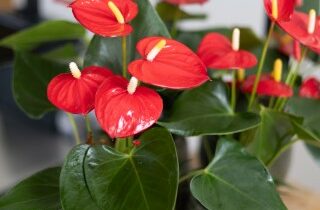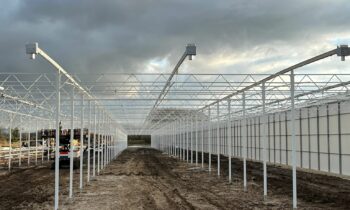In Anthurium cut flower cultivation, active dehumidification under fixed foil has been used successfully for many years. This method of dehumidification has now also taken hold in Anthurium pot plant cultivation, even among growers without foil. Active dehumidification has proven to be an effective way to reduce gas consumption in addition to solving glassiness and quality problems in the crop. In cultivation, a significant proportion of energy consumption is still used to reduce humidity in order to maintain sufficient crop activity.
Heating to activate
Heating to activate the crop is now an obsolete method, but is still widely used. This often has an unintended counterproductive result. The increase in the pipe temperature activates the crop too much, causing unnecessary evaporation. This moisture must then be drained again, creating a vicious circle. Active dehumidification is the solution here.
The principle of dehumidification units
Moisture is actively removed from the greenhouse by the dehumidification units. Dry, warm air is introduced into the greenhouse. The units also create considerable air movement that is almost noiseless and hardly moves the crops. This air movement improves energy transfer from the warmer greenhouse air to the colder plant. Meanwhile, the first experiments with units with a distribution hose for better air dispersion are also a reality.
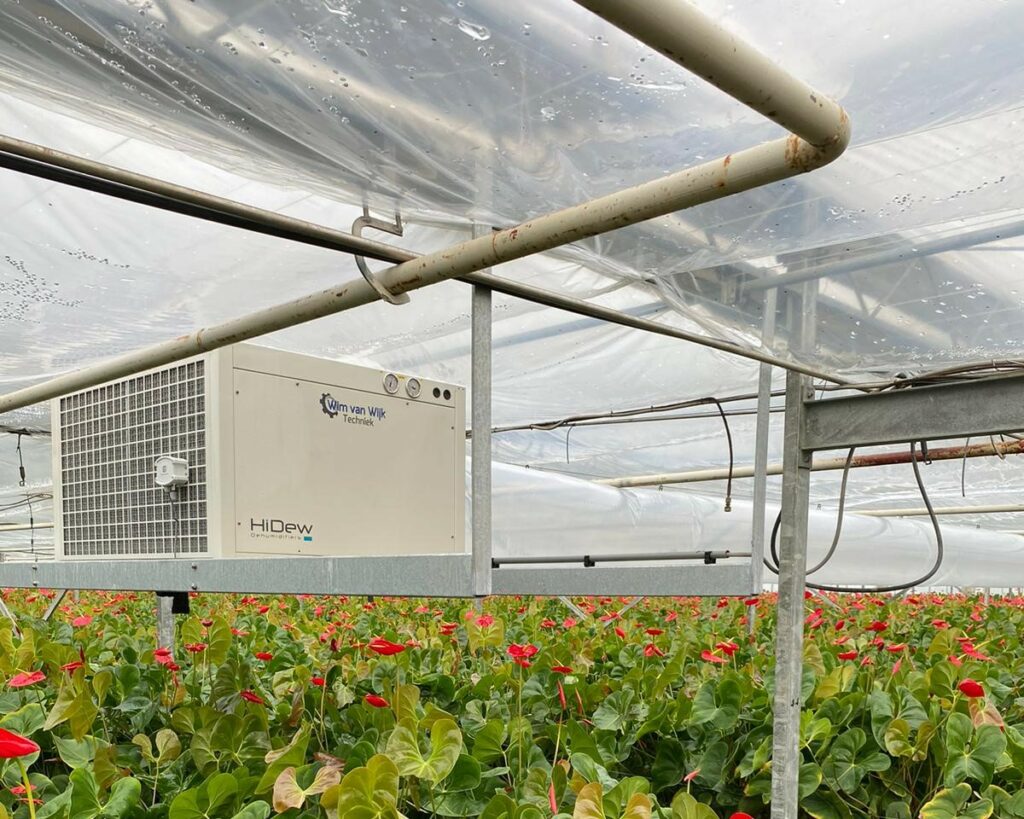
Dehumidification unit with distribution hose .
Condensation water can be drained through the drainage system. The smallest units range from 5 kW up to 15 kW. The largest units are often installed on the basis of one per 7,000-9,000 m2. The advantage of the smaller units is that they can be better distributed in the greenhouse. Depending on how humid it is in the greenhouse, the largest units can dehumidify up to about 1,000 litres per day. This amounts to around 110 to 140 cc of water extraction per square metre per day with one unit per 7,000-9,000m2. The flow of these large installations can reach around 20,000 m3 per hour. Some suppliers have a specially designed roof to distribute the outgoing air evenly in all directions.
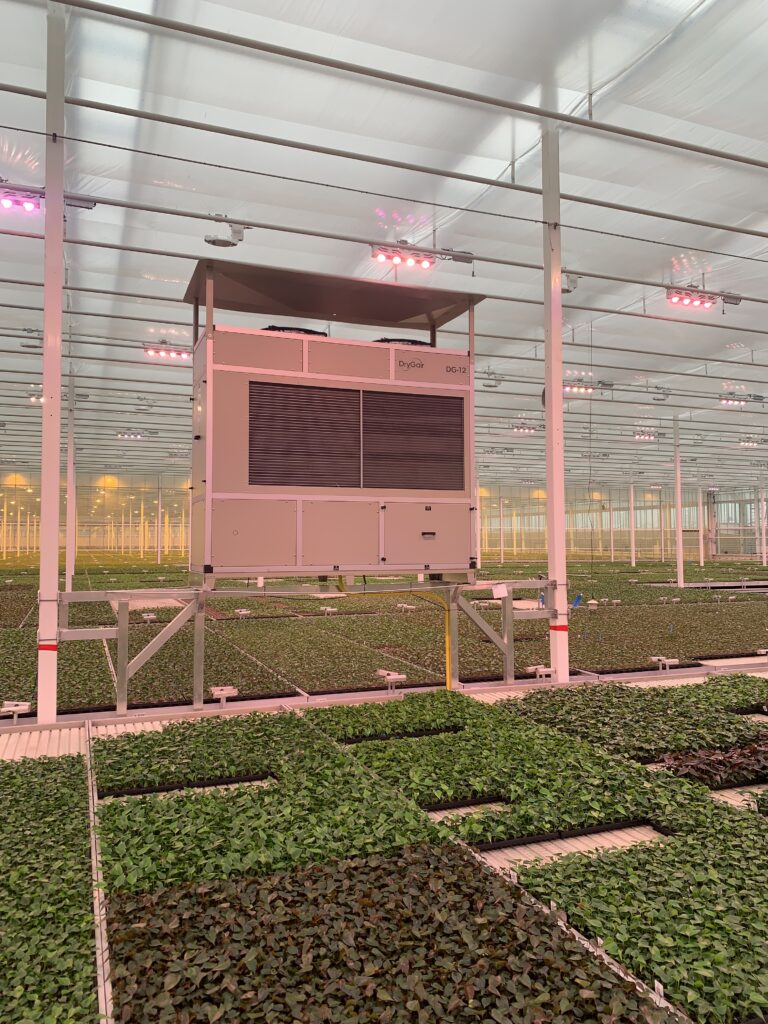
Unit with a specially designed roof for good air distribution.
Control
The units usually have their own moisture measurement and time control. Preference is given to units that can be controlled by a climate computer. It is also advisable to run the unit with air movement only after the desired moisture deficit (MD) has been achieved. If this does not occur, the dew point can be reached at crop level, especially at low moisture deficits. Condensation and inactivity are then a threat. If the unit can freely blow out air at a high level, air distribution is best in the greenhouse. Greenhouse fans as a back-up are desirable but not essential for the proper distribution of dry air. Usually, two hours before the sun rises, a higher MD of around 3.0 is targeted from the night. During the afternoon, the MD may drop again to around 2.0.
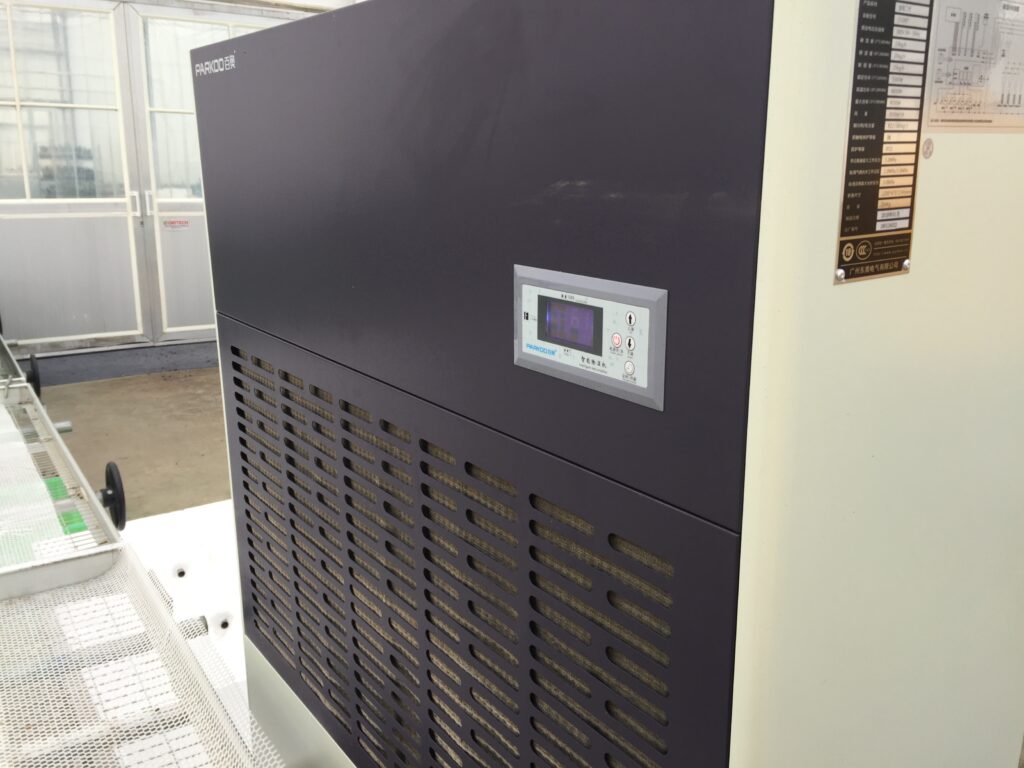
Small unit with control display.
Advantages for cultivation
Dehumidification has the following advantages for cultivation:
- It helps to solve glassiness and other quality problems in the crop during autumn and winter;
- With overhead watering in pot plants, the crop is dry and active again much sooner;
- Early signs indicate that crops remain slightly shorter (and therefore are not stretching);
- When growing on a concrete floor (pot plants), the floor temperature is lower and therefore pot and plant temperatures are better balanced.
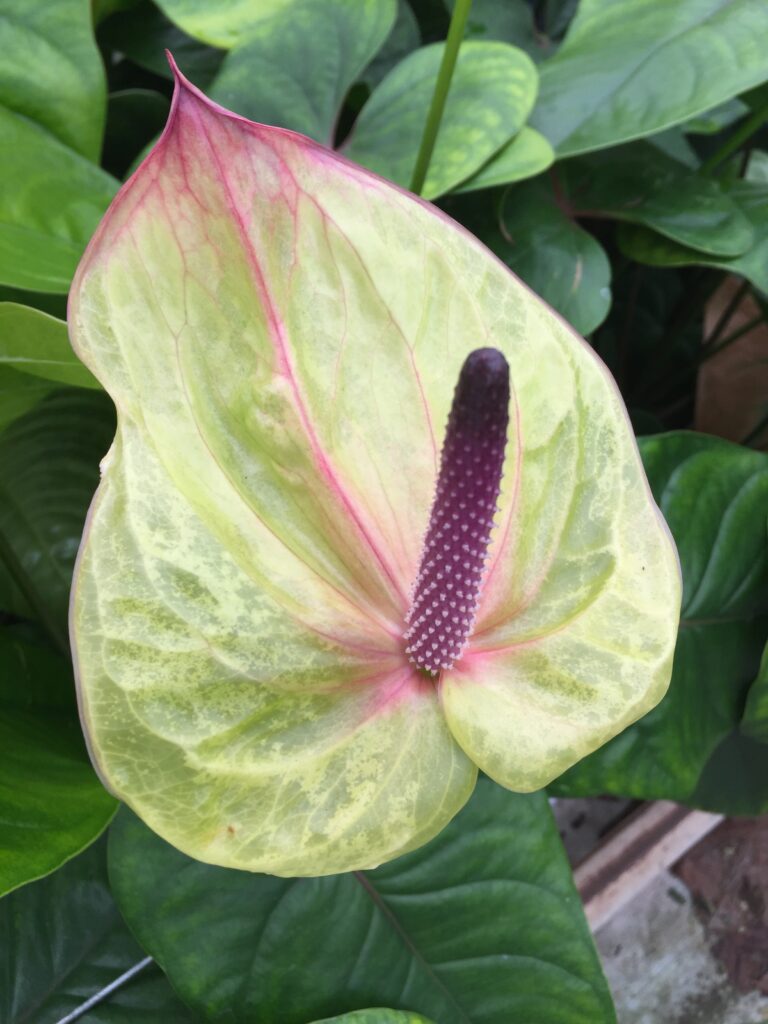
Severe flower glassiness.
Disadvantages of the system
Unfortunately, this system also has drawbacks:
- In a very few cases, it appears that it can get too dry directly around the unit. This is often due to the stream being insufficient;
- Power consumption is considerable and requires a sufficiently heavy installation.
Conclusion
Since these installations were tentatively introduced in cut Anthurium eight years ago, their use has taken off in other vegetable and flower crops, too. Today, there are several suppliers of these systems in a now mature market for horticultural dehumidifiers. As well as creating a more active climate, their use further reduces the consumption of fossil fuels.





